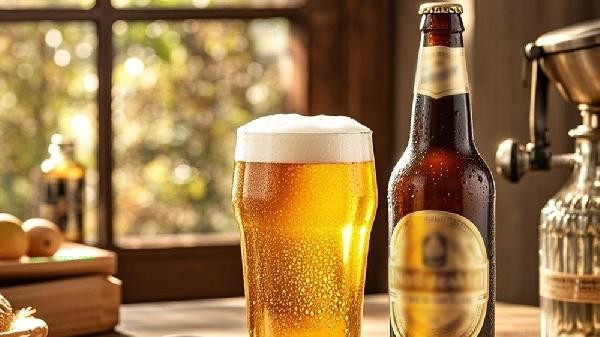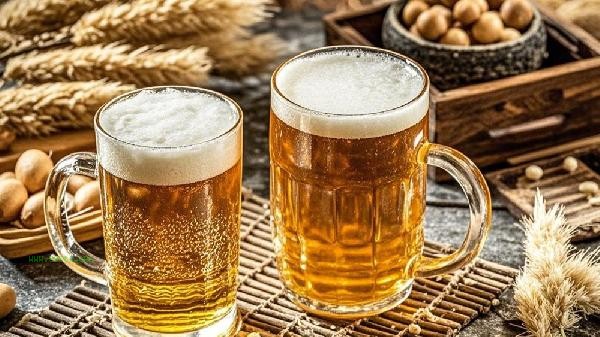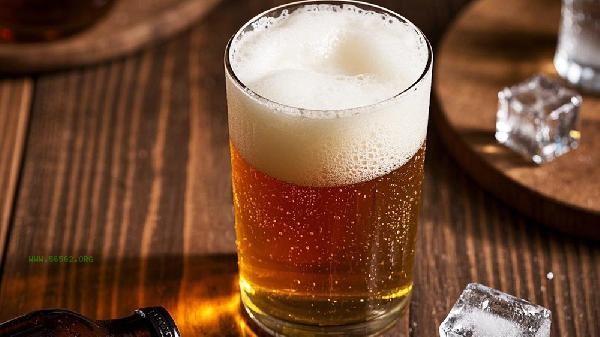The alcohol content of Huangjiu is usually higher than that of beer, and the specific differences are related to the alcohol content, drinking method, and individual metabolic capacity. Huangjiu belongs to fermented wine, with an alcohol content mostly ranging from 12% to 20%, while beer is mostly between 3% and 5%. However, the actual feeling is still influenced by factors such as drinking volume, meal pairing, and fasting state. Huangjiu is fermented from grains such as glutinous rice and millet, with a rich and mellow body and high sugar content. It absorbs alcohol quickly and is prone to producing noticeable drunkenness in a short period of time. Its traditional drinking method is mostly warm drinking, heating will accelerate the evaporation of alcohol, further enhancing the stimulating sensation of the mouth. Beer, on the other hand, belongs to low alcohol fermentation. A large amount of carbon dioxide may slow down gastric emptying, but the accumulated alcohol when consumed in large quantities can still lead to drunkenness, albeit at a relatively slow pace. The alcohol content of some high proof beer or craft beer can reach 8% -12%, which is close to the level of low proof yellow wine. At this point, the difference in alcohol content between the two is reduced. Industrial beer often dilutes its body to reduce costs, while handmade yellow wine may retain a higher alcohol content. There are also differences in individual tolerance to alcohol. People with slow metabolism are more likely to get drunk when drinking yellow wine, while those with fast metabolism may be more sensitive to the bloating sensation of beer.

Whether drinking yellow wine or beer, it is recommended to control the total amount and avoid drinking on an empty stomach. Huangjiu can be paired with high protein foods to slow down absorption, while beer is recommended to accompany meals to reduce gastrointestinal irritation. Special populations such as pregnant women and liver disease patients should abstain from alcohol, and healthy adults should not consume more than 25 grams of alcohol per day. Drink plenty of water after drinking to promote metabolism, and avoid mixing different alcoholic beverages to increase liver burden.










Comments (0)
Leave a Comment
No comments yet
Be the first to share your thoughts!